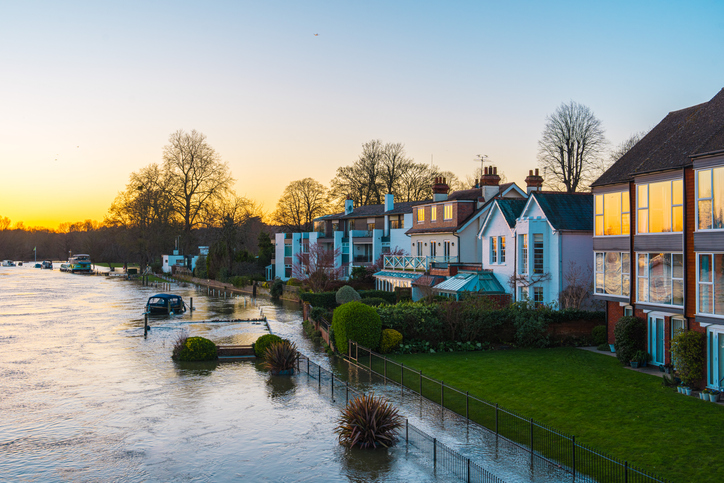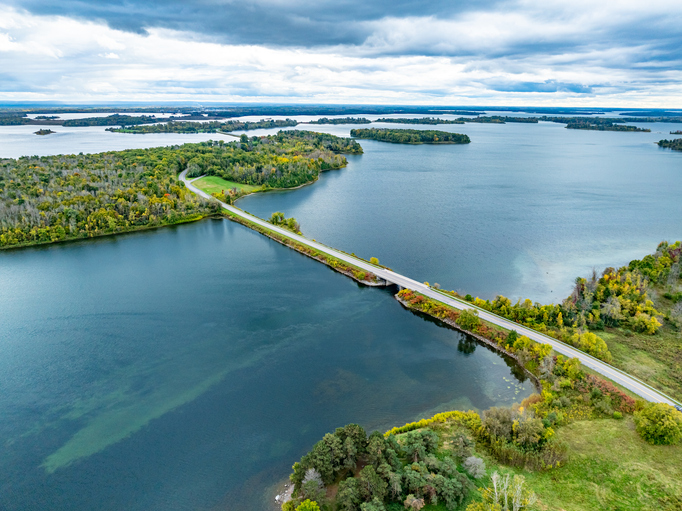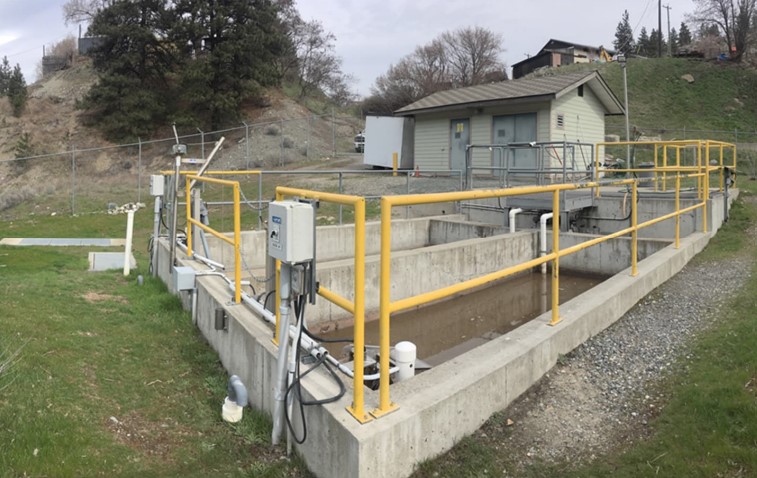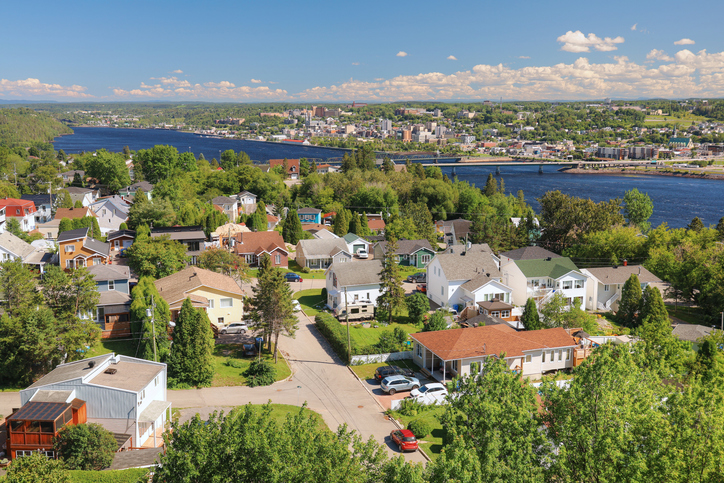A new international study by Kemira has revealed alarming weaknesses in water resilience and public preparedness across Europe and the United States, as extreme weather events, outdated infrastructure and contaminants continue to threaten access to clean water.
The Kemira Water Index 2025, which combines international research, expert analysis and consumer insights, found that urgent action is needed to strengthen water security in regions facing increasing climate and infrastructure pressures. The study ranked 10 European countries and 10 U.S. states based on 21 metrics covering availability, risk and resilience. Norway topped the European list, followed by Sweden and the United Kingdom, while California, Minnesota and Michigan ranked highest in the U.S.
“Our research found that instead of feeling secure about having access to clean water in today’s modern world, concerns about toxic contaminants and weather disasters like droughts and flooding are escalating and many people are wondering if their local government and utilities are doing enough to protect their communities from water-related issues,” said Tuija Pohjolainen-Hiltunen, Executive Vice President at Kemira.
According to the survey, 91 per cent of respondents across Europe and the U.S. are concerned about extreme weather in their region, while 85 per cent said more should be done to prepare for floods and 84 per cent called for better drought and shortage planning. A majority (62 per cent) have personally experienced water-related challenges such as flooding, drought or temporary water loss.
Despite widespread concern, five per cent of respondents said they have a detailed plan and backup water supply in case of an emergency.
The study also identified major differences in attitudes toward water use and trust in tap water. Only 26 per cent of Americans surveyed rely on tap water as their main drinking source, compared to 70 per cent of Europeans. Most respondents reported taking basic conservation measures such as shorter showers and running full appliance loads, yet 36 per cent do not monitor household water use.
Concerns about water contamination are also growing. Bacteria and viruses ranked highest among threats, while awareness of PFAS “forever chemicals” continues to rise, with 22 per cent of Americans and 27 per cent of Europeans expressing concern.
While most people surveyed support stronger regulations on industrial water use (77 per cent), only 17 per cent of Europeans and 27 per cent of Americans gave their local regions high marks for infrastructure investment. Even fewer said they would be willing to pay higher water bills to fund improvements.
“Utilities are continually struggling to keep up with dynamic rules and requirements set by policymakers, while also trying to invest in technology improvements—and still keep costs down for consumers,” Pohjolainen-Hiltunen added. “They cannot do it alone. That is why governments and utilities must work together to establish regulatory standards that keep water safe and upgrade systems before the climate crisis worsens. Companies and consumers must also do their part to embrace water-smart habits at home and in their communities to protect our most valuable resource.”
The Kemira Water Index 2025 was conducted by Ipsos in July 2025, surveying 14,000 respondents across 10 European countries and 10 U.S. states.
For more details or to download the full report, visit kemira.com/water-index-2025.

